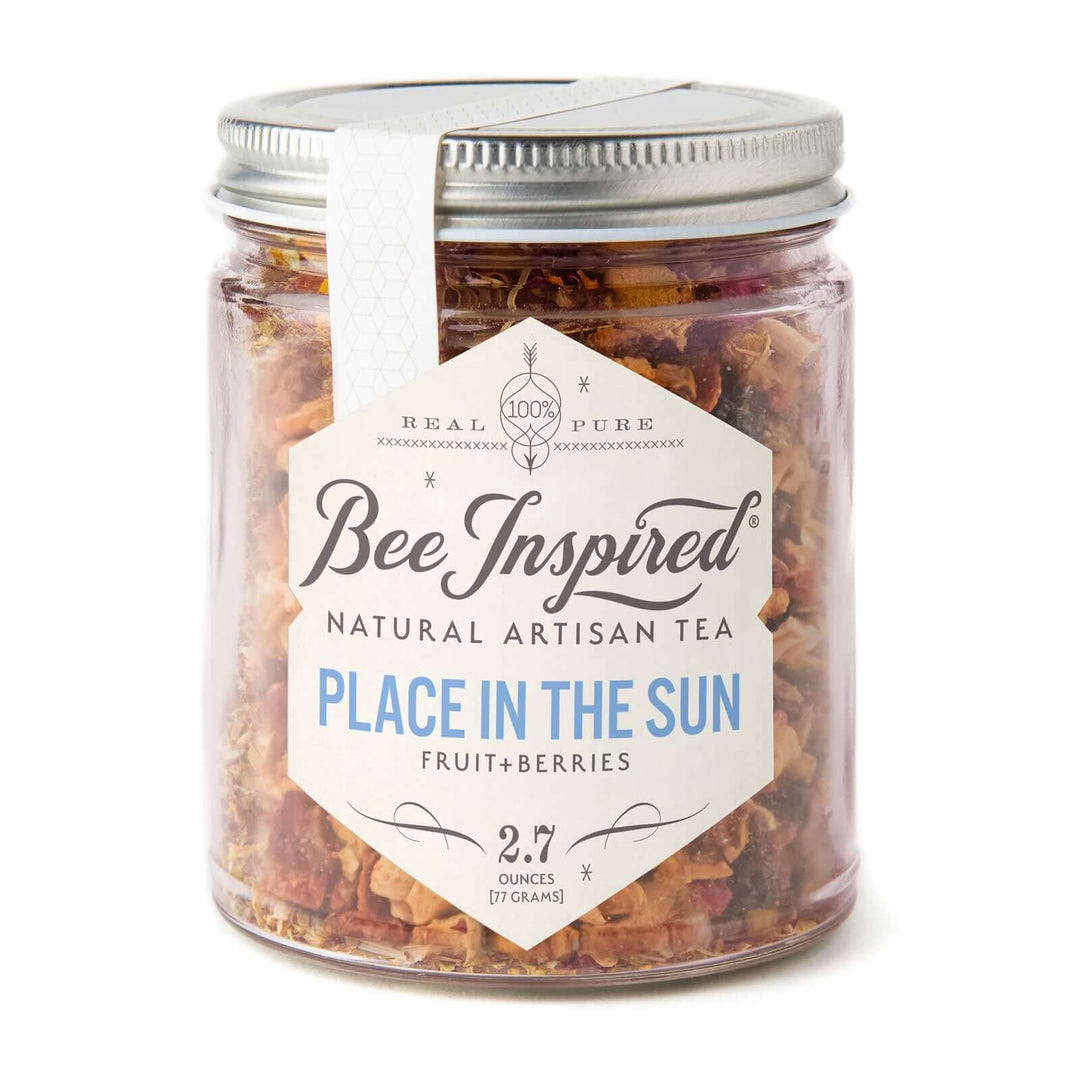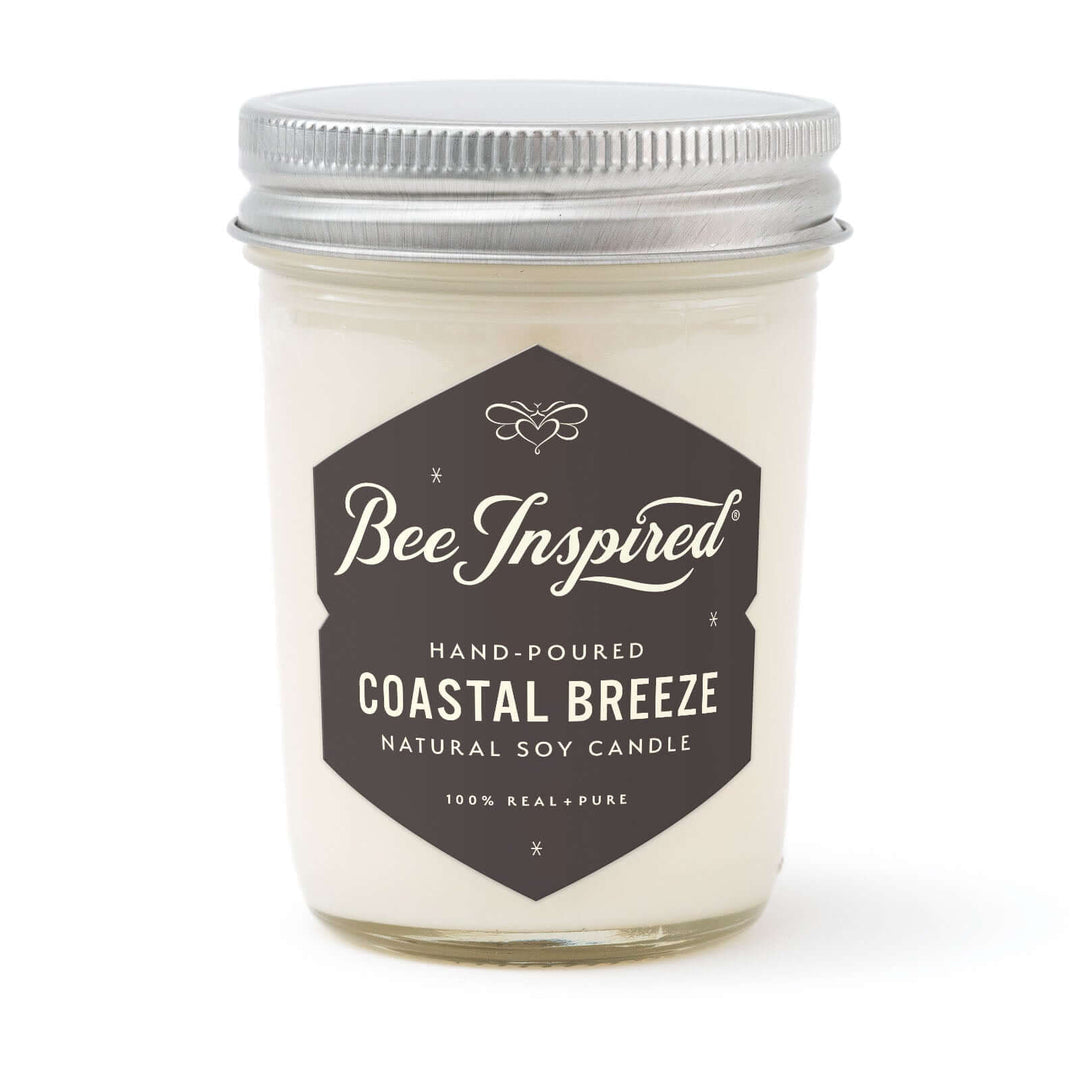I got an “A” on my Bees!
Twenty days after setting up and installing two hives, two weeks earlier than we planned, Dale and I went to check on their progress. I did a visual check on the hives before he arrived and noticed plenty of activity. I was looking for anything out-of-the-ordinary, and saw a lot of activity- bees going in and out of both hives.
Dale approached the hive with a smoker. Smoke calms the bees. He placed smoke around the area of the hive first, removed the lid then smoked the top portion of the hive to force the bees down inside.
Next he pulled out a frame for visual inspection. I saw a lot of capped cells on both sides of the frame. This is where the queen lays her eggs and the worker bees cover the egg with a wax cap. This is known as brood. Brood on both sides of the frame is a very good sign.
The gestational cycle of the honeybee is 21 days, but we don’t know exactly when the queen started. We suspect the eggs will soon hatch.
We noticed a queen cell being built. Each hive houses only one queen. If anything happens to the queen, if she weakens, ages or becomes ill, the bees have an instinct to build a queen cell and hatch a new queen. If more than one queen is present the bees will swarm.
We noticed some oddly forming honey comb, known as “burr comb”, where bees build arbitrary bridges of comb between frames and the floor or lid of the hive. We also noticed burr comb around the wooden queen box, used to install the queen. Bees have an instinct to build comb to incorporate wooden parts into the hive. Sometimes this might be because a frame wasn’t put back into place quite perfectly. We removed the burr comb that we found.
It is now week three since we set up our hives. The bees are healthy enough that in a few weeks they will start producing honey. When bees produce honey in the brood, it's for them to eat during the fall and winter months. Honey in the brood found later in the summer is a sign of a healthy hive. Because the brood was healthy and abundant, we decided to add a “super” to each of the hives two weeks ahead of schedule. A super looks similar to a brood box, (like a drawer), available in two sizes. We installed the smaller super as it’s easier to handle. Honey can get very heavy. We installed a “queen excluder” between the brood box and the super. The queen excluder serves only one purpose: to keep the queen in her brood otherwise larvae will grow in the honey. Every super above the queen excluder is where honey for human consumption is produced.
These hives are made from Dale’s collection of spare hive parts. He’s provided frames that contain comb that’s already been drawn. If I were to have purchased a starter hive kit, I wouldn’t have raised any honey this year, as the bees would have been very busy drawing the comb, rather than making honey. The only thing left for the bees to do now, is fill the drawn comb with honey that we'll collect during our honey harvest.

Since we only harvest varietal honey from our farm, we get many of our monofloral varietals, like our Bamboo Honey, from ethical, small beekeepers across the United States
Dale taught me an old beekeeper’s trick on this visit and set up a super with frames that are filled with old unprocessed honey. This box will feed the bees all summer, it may also prevent “robbing”, where aggressive bees may take over a neighboring hive.

Our Plastic-Free Honey Lip Balm contains beeswax straight from the hive!
Lessons from this visit:
- Honeybees make wax nests from pollen; wasps make paper nests from wood
- Heat, ants and other pests make bees aggressive and aggressive bees sting
- Black specks on the loose larvae could be Varroa mites
- With productive hives you can anticipate 100-120 pounds of honey per year per honey super. The average yield is $6.00-$8.00 (or more) per pound.
Next blog entry we'll explore what makes bees swarm.











